Regional Adaptation Experiment - Volunteers Needed
jimster
14 years ago
Related Stories
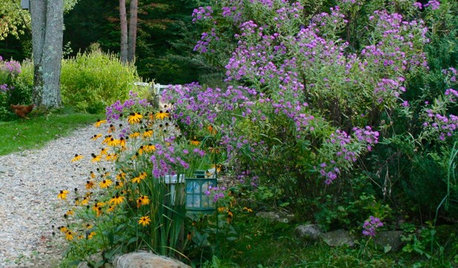
GARDENING GUIDESTop 10 Native Plants for the Northeast
For a low-maintenance, wildlife-friendly landscape, use native plants adapted to the climate and range of soils in the Northeast
Full Story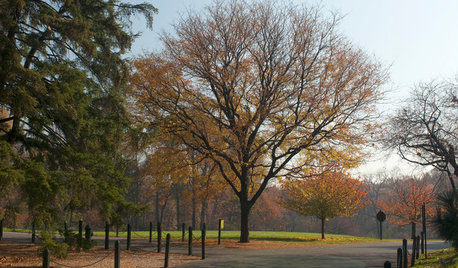
LIFEHow to Decide on a New Town
These considerations will help you evaluate a region and a neighborhood, so you can make the right move
Full Story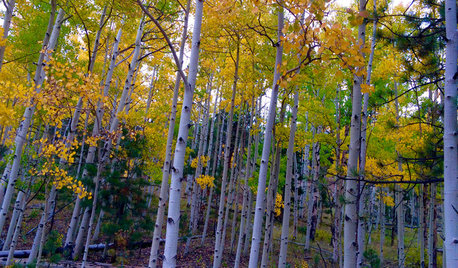
EARTH DAY‘Terroir’ Brings a Sense of Place to Your Landscape
Species native to and characteristic of your region firmly root your garden and landscape
Full Story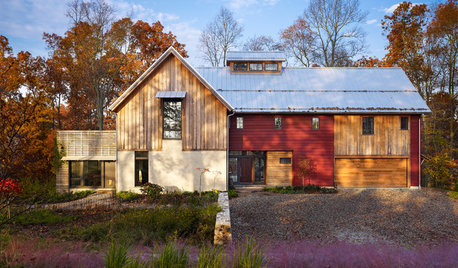
FARMHOUSESHouzz Tour: Nestling Into the Rural Pennsylvania Landscape
Regional barns and nature provide the inspiration for a new home sited between a meadow and the woods
Full Story
TRADITIONAL ARCHITECTURERoots of Style: Pueblo Revival Architecture Welcomes Modern Life
Centuries-old details of adobe construction still appeal in the desert Southwest, adapted to today's tastes
Full Story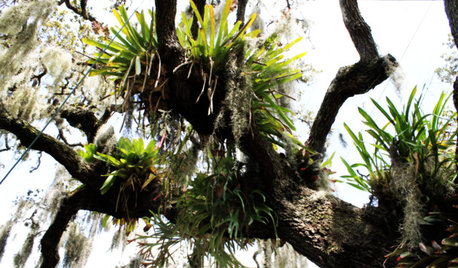
GARDENING GUIDESGot a Hot, Humid Landscape? Add Tropical Flair With Air Plants
Turn tree trunks and walls into lush canvases with plants adapted to the canopies of the rainforest
Full Story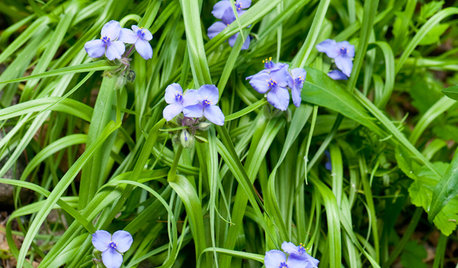
GARDENING GUIDESGreat Design Plant: Tradescantia Ohiensis Adds Shades of Blue
This reliable, adaptable U.S. native provides spider-like foliage and clusters of blue to purple flowers in Eastern gardens each spring
Full Story
FARM YOUR YARDHello, Honey: Beekeeping Anywhere for Fun, Food and Good Deeds
We need pollinators, and they increasingly need us too. Here, why and how to be a bee friend
Full Story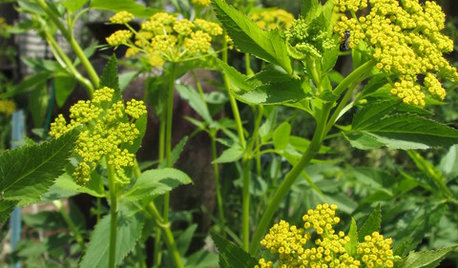
GARDENING GUIDESGreat Design Plant: Golden Alexanders for Early Spring Color
Get sunny flowers while other garden growers are still asleep, with this adaptable prairie plant beloved by butterflies
Full Story
GREEN BUILDINGHouzz Tour: Going Completely Off the Grid in Nova Scotia
Powered by sunshine and built with salvaged materials, this Canadian home is an experiment for green building practices
Full Story


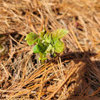
fusion_power
jimsterOriginal Author
Related Discussions
Adapting the Earthbox concept for the Peace Corps
Q
Volunteer FAQ Editor Needed
Q
Volunteer FAQ Editor Needed
Q
adapting NCHPF recipes
Q
pnbrown
jimsterOriginal Author
calliope
heather38
staticx
skeip
jimsterOriginal Author
t-bird
jimsterOriginal Author
deanna in ME Barely zone 6a, more like 5b
jimsterOriginal Author